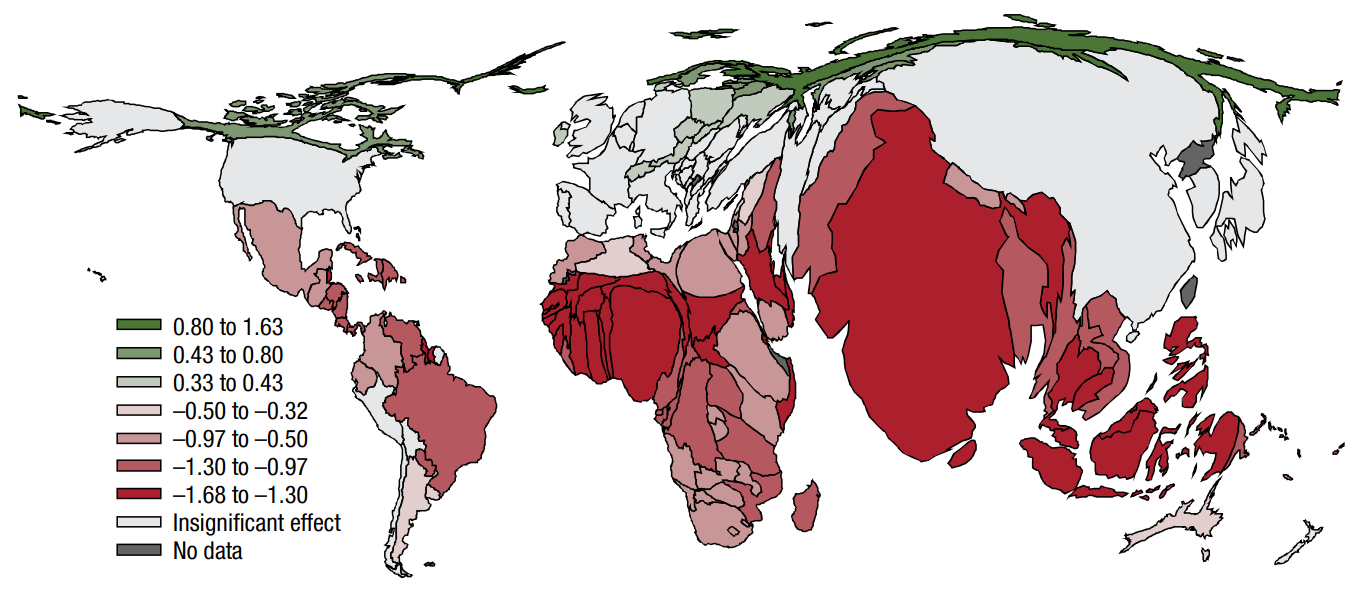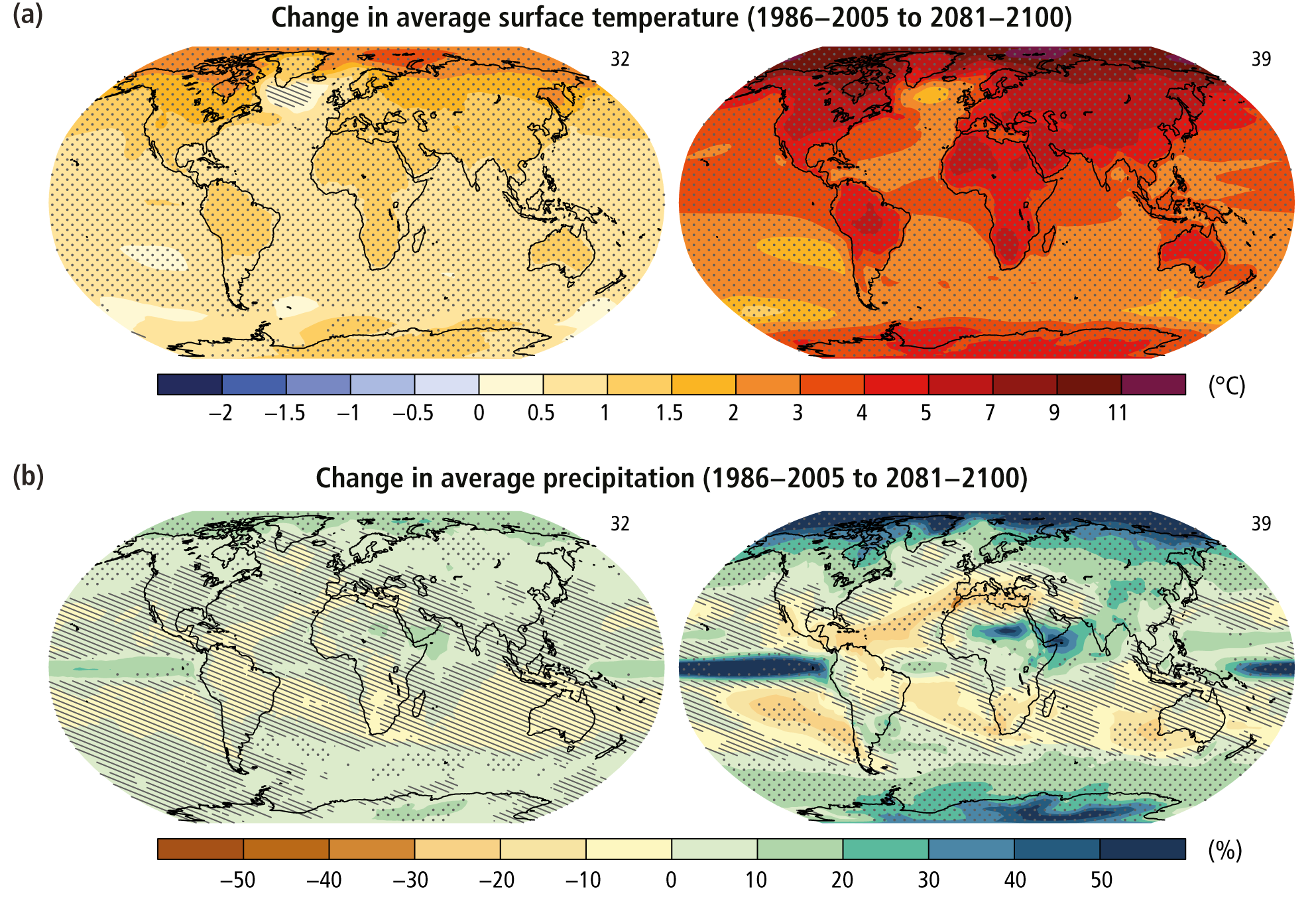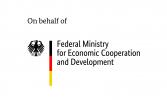
Developing countries face the joint challenges of reducing poverty and adapting to a changing climate, while in some cases also needing to reduce their greenhouse gas emissions. From 1990 to 2015, the global extreme-poverty rate (as measured by the $2.14 per day benchmark) fell steadily, but in recent years this progress has slowed, and in some instances reversed (World Bank 2020). Currently, 60% of the world’s population lives in a place where a hotter year causes lower GDP growth, and by 2100, 75% will (Acevedo et al. 2017). Therefore, even if the ambitious global target of limiting warming to two or below degrees is reached, there will be a substantial need to allocate resources towards adaptation, and balance the need to increase resilience to climate change with economic growth.
Developing countries are most vulnerable to climate change for a range of reasons. These include a greater impact of temperature on output (Acevedo et al. 2017, Burke et al. 2015), long coastlines which increase vulnerability to certain extreme events (Balboni 2021), and lower incomes, which can impact resilience and the ability to undertake adaptive investments. Furthermore, on average, mean temperatures are higher in developing countries, implying that further warming may increase this vulnerability. Finally, developing countries have lower access to social safety nets, further increasing households’ vulnerability in the face of climate shocks (Hanna and Oliva 2016).
Figure 1: Impact of one degree Celsius hotter temperature on GDP per capita (Acevedo et al. 2018)

This review summarises the literature on climate adaptation in developing countries, focusing on three aspects in particular. The first is the literature on quantifying vulnerabilities to weather and climate, which focuses on the cost of weather and climate shocks on important economic outcomes. The second is the literature on measuring adaptation by individual actions as well as government policies. The third summarises the recent literature on spatial linkages and general equilibrium approaches to climate change adaptation.
Figure 2: Projected climate change (IPCC 2014)

References
Acevedo, S, M Mrkaic, N Novta, M Poplawski-Ribeiro, E Pugacheva, and P Topalova (2017), "The Effects of Weather Shocks on Economic Activity: How Can Low-Income Countries Cope," World Economic Outlook.
Acevedo, S, M Mrkaic, N Novta, E Pugacheva, and P Topalova (2018), “The Effects of Weather Shocks on Economic Activity: What are the Channels of Impact?”, IMF Working Paper.
Balboni, C (2021), “In Harm’s Way? Infrastructure Investments and the Persistence of Coastal Cities,” Working Paper.
Burke, M, S M Hsiang, and E Miguel (2015), "Climate and Conflict," Annu. Rev. Econ., 7(1): 577-617.
Hanna, R, and P Oliva (2016), "Implications of Climate Change for Children in Developing Countries," The Future of Children: 115-132.
IPCC (2014), “Climate Change 2014: Synthesis Report. Contribution of Working Groups I, II and III to the Fifth Assessment Report of the Intergovernmental Panel on Climate Change”. IPCC AR5 Synthesis Report.
World Bank (2020), "Monitoring Global Poverty."
Contact VoxDev
If you have questions, feedback, or would like more information about this article, please feel free to reach out to the VoxDev team. We’re here to help with any inquiries and to provide further insights on our research and content.



